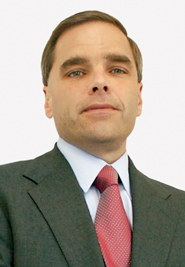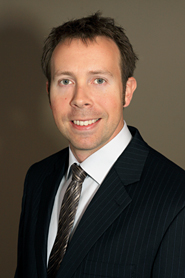The growing usage of exchange traded funds has some dark pool operators concerned, as most investors execute ETF trades on public venues using algorithms rather than in the unlit venues.
As alternative trading venues look to maintain market share, the simple truth is that when an investor trades a share or shares of an ETF, they are doing so on exchanges like NYSE Arca or Nasdaq. And when they trade shares of an ETF, investors are not trading individual company names. Subsequently, dark pools are seeing trading flows and commissions migrate away from them and to the public exchanges.

"ETF trading has taken some volume away from dark pools," said Tim Mahoney, chief executive of BIDS Trading. "Generally, in a volatile market, investors will go for broader exposure to the market and have greater price sensitivity."
In turn, investors will shy away from buying individual stocks that are listed in venues like BIDS. Mahoney said given that he is dependent on the trading of individual stocks within his pool, it does affect him and his bottom line.
Earlier this year, ETFs made up between 25 percent and 30 percent of total market volume, but as trading heated up this past summer, they rose to as high as 40 percent of volume for some days. That has made the industry pay new attention to these instruments
The ETF market, according to several market sources, has reached $1.1 trillion and is expected to grow still.
"Investors are more likely to use dark pools to trade individual stocks rather than ETFs," Mahoney said. "And the best way to execute ETF trades is through an algorithm in the displayed markets."
He explained that the rationale behind using ETFs is to quickly get exposure to a basket of stocks that represent an industry sector or commodity. Given that speed is the key to getting the best price, it was Mahoney’s view that public exchanges are the best place to do this. "If speed is the overriding factor in the trade – which is the point of an ETF trade – you use an algo and hit the displayed markets," he said.
Though BIDS does see a minimal amount of ETF flow, it is not an area that it focuses on. Rather, the dark pool focuses on its core mission of providing anonymous liquidity while minimizing investors’ information leakage.
"If people couldn’t get exposure to stocks through ETFs, then they would have to get exposure through individual stocks, and that would be good for us and other dark pools," Mahoney said.
Another dark pool operator told Traders Magazine that while his pool wasn’t focusing on ETF flow, his venue does see some volume. However, the amount of volume paled in comparison to what is traded on the lit markets.
"While the vast majority of ETFs generally trade on the lit markets, there are ETFs that trade in the dark pools," the operator said. "They are the more illiquid names. Hence, they need to trade in the dark."

Dennis Dick, a prop trader at Las Vegas-based BrightTrading, said that since the majority of ETFs trade in the lit markets, high-frequency traders have helped fuel the growth of the ETF sector. The computerized traders, executing trades on the exchanges, have provided a lot of the liquidity seen in the ETF space over the last several years. The newfound liquidity, he added, has narrowed bid-ask spreads to as little as a penny, making them the darling of hedgers and retail investors looking for an efficient and cheap instrument.
This efficiency though, discourages professional traders who are seeking market inefficiencies and arbitrage opportunities. Even the after-hour markets are very efficient, and many ETFs trade in narrow one-cent spreads.
"In my honest opinion, I thank the HFTs for bringing efficiency to the market," Dick said. "The efficiency has allowed prop desks like mine to move away from other hedging instruments like E-Mini contracts."




